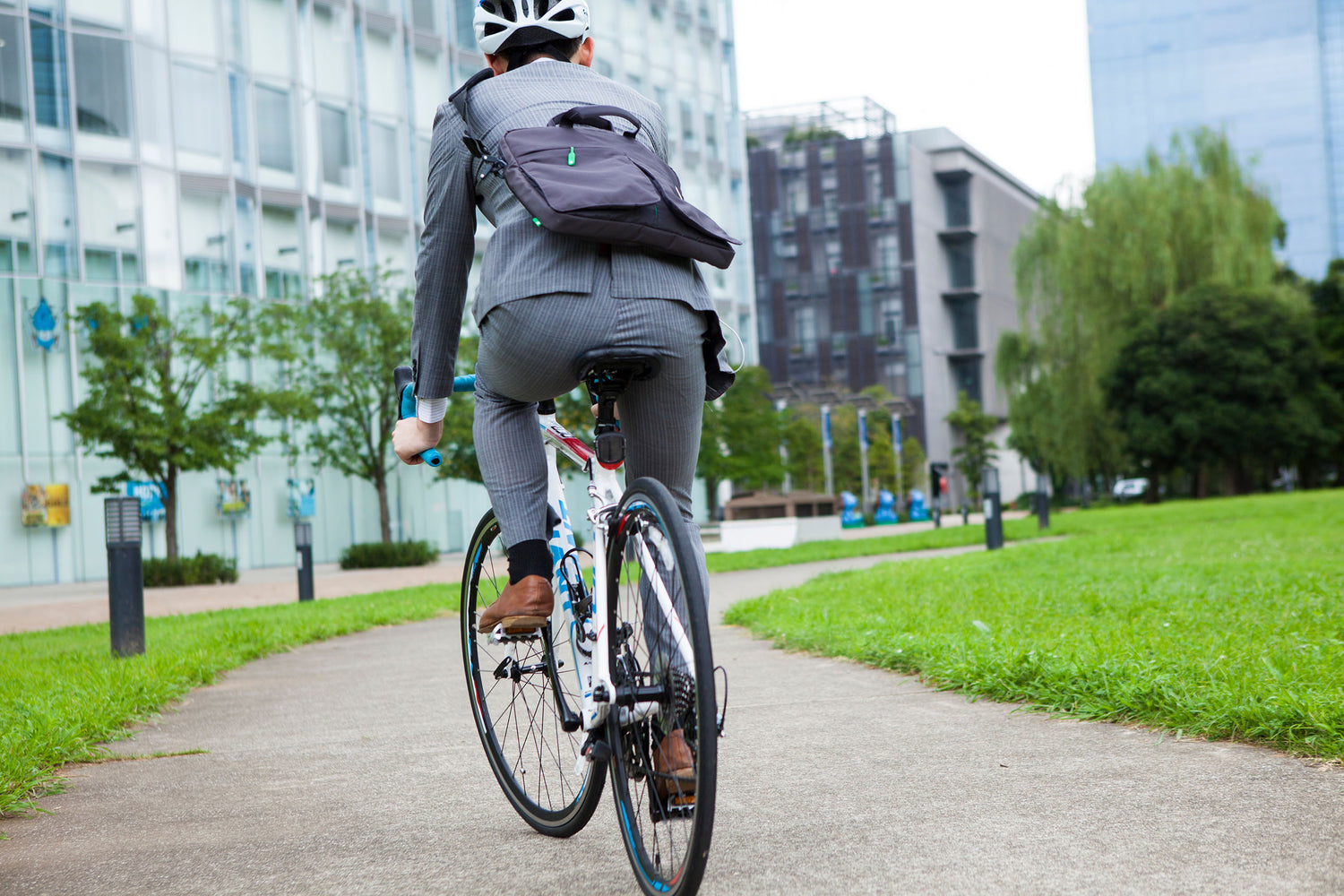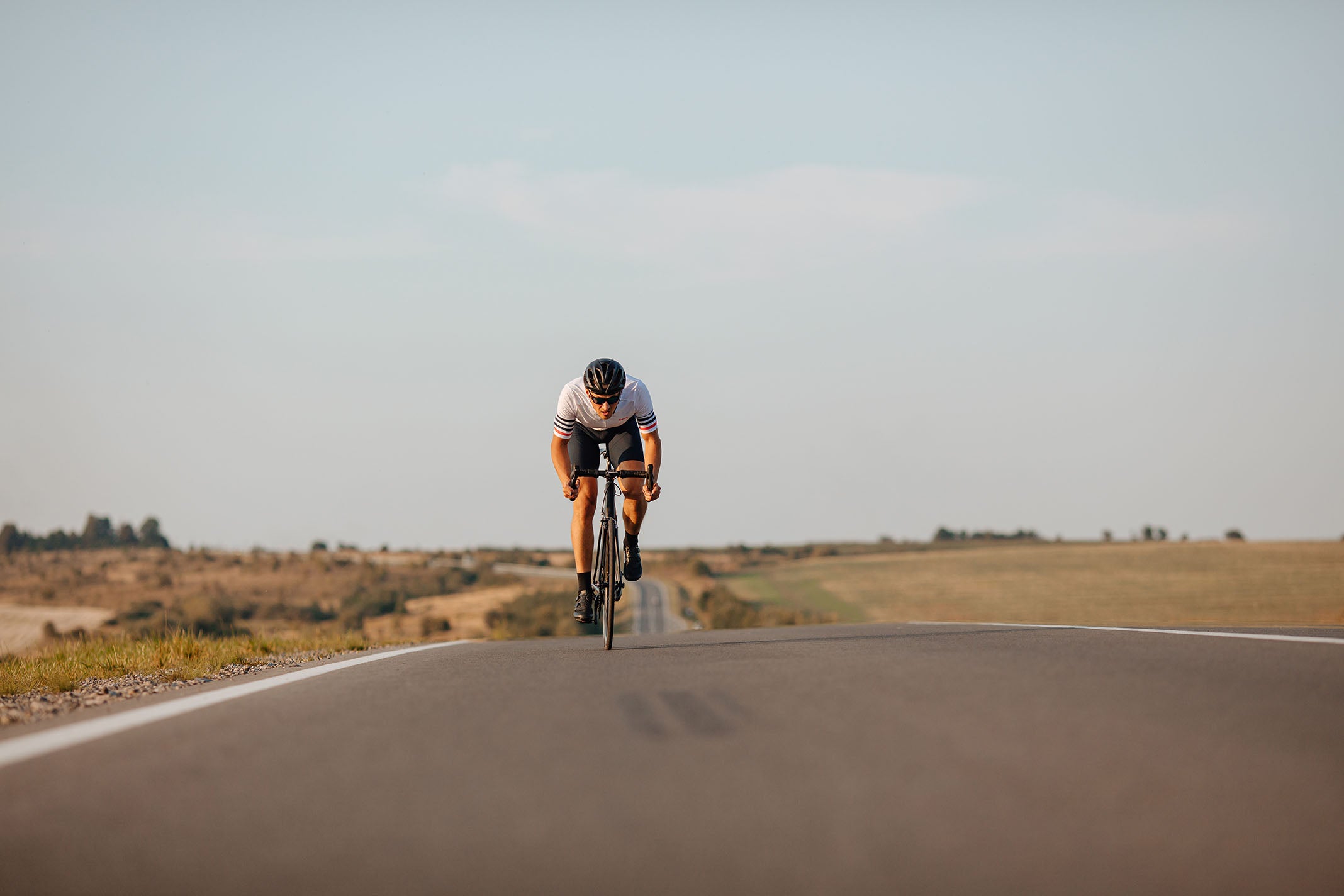Commuting to work or school by bike provides a whole heap of benefits and opportunities you'd probably never even thought of. Cycling is obviously much faster than walking to work and, quite frankly, much more enjoyable too; although just to clarify, I do love walking.
Riding your bike also means you don't have to rely on public transport, which, although it can be convenient, can also mean you're waiting around for buses and trains that inevitably run late.
One of the significant benefits and advantages of riding your bike is the amount of money you save on gas and other commuting fees such as tolls and car insurance. Not to mention that a bike is considerably cheaper than a car and only requires foot power, not gas.
Riding your bike to work is not only great for your physical and mental health but helps to keep the earth green. In short, commuting to work is a great way to stay fit and help the environment.

Understanding Your Physical Limits
Depending on how far you live from your work or school, you may well be able to commute both to and from your home. The distance you feel comfortable with commuting is very subjective; for some people riding 35 to 40 minutes each way might be more than doable, while others may struggle with this same distance.
If you live a little bit too far, say 60 minutes each way, your best bet is to commute by bike every other day, which allows you to get some rest. Another option that might be available to you is if a co-worker can bring you home; this way, you can ride your bike to work and get a lift on the way home; the best of both worlds.
Don't Push Too Hard Too Early
Ok, so you've calculated the distance and time it will take you to commute to your place of work; now it's time to start riding. But before your head off on your bike, ask yourself, are your commuting goals achievable? or are they perhaps a little out of your physical limits?
Again this will be highly subjective based on your riding experience and physical fitness, but generally speaking, you're much better off starting out slowly. This might mean riding to work or school only a few days a week to start before building up to daily rides once your fitness levels improve.
Always Wear A Helmet
This is a no-brainer; pun intended, but wearing your helmet is not only required by law, it can also help save your life in the unlikely case of an accident. Oh, and don't forget to bring a brush or comb to ensure your co-workers are not laughing at your helmet hair all day.
Don’t Forget Your iPhone
In today's day and age, forgetting your iPhone could spell disaster for you and your employer. If you have a long commute to work, you will need to make sure your iPhone battery stays topped up, and the best way to do that is by purchasing an iPhone compatible charging case.
Your iPhone is essential, and if you happen to run into trouble or look like being late, you need to be able to let your employer or family know, so they're not worried sick about you. iPhone charging cases are a practical way of ensuring your battery never runs out. You can also get a bike phone mount so you can have your iPhone attached to your bike while you ride.
Wear Highly Visible Clothing
Cycling to work is statistically very safe, but accidents happen. One of the best ways to mitigate the possibility of being involved in an accident is to wear highly reflective clothing. Bright colors like yellow and white are your best bet, or if you have the budget, you can purchase cycling-specific reflective wear.
Don't Spend More Than You Have To
As mentioned in the previous tip, if you have the budget, you can buy cycling clothing that is designed to be highly visible, breathable, and comfortable. These clothing items are fantastic, but to be honest, most cycling clothing brands are costly; a set of bibs and a jersey can easily set you back $200 or $300.
While it's nice to be comfortable, you won't need to buy dedicated cycling gear to commute to work most of the time. A comfortable pair of shorts or pants is all you need, and don't forget a towel.
Cycling Shorts To The Rescue
Now, although I just said you probably don't need to buy specific cycling wear, the exception to the rule might be cycling shorts. Depending on how far you ride and the type of saddle you have, a good pair of cycling shorts might be well worth the money.
The last thing you want to be doing is walking around with a funny limp all day because your bum is sore from the commute. Investing in a couple of pairs of dedicated cycling shorts can make the commute much more comfortable.
Make Sure You Take A Dry Run
Last but not least, on our list of the 8 top tips for commuting to work is making sure you take a dry run of the route. Next time you have a day off, the smart thing to do is ride the route you intend to take. This way, you can gauge things like, How tough it is? How long it takes? And whether or not you think you can ride the route daily.
By doing a dry run, you can also get a sense of how early you need to leave and even how the wind blows. Most experienced bike commuters will tell you that generally, the wind changes direction from your morning commute to when you head home. Put simply, pray you get a tailwind on the way home.
That’s A Wrap
At the end of the day, commuting to work by bike is one of the best things you can do for your health and planet earth. By implementing the practical tips and strategies I've outlined above, you'll be well on your way to becoming an experienced bike commuter in no time.
As a bike commuter myself, I can tell you there's no better feeling than arriving at work knowing you've already got a good workout in and have done your bit to help keep the earth green. Happy commuting!!



Leave a comment
This site is protected by hCaptcha and the hCaptcha Privacy Policy and Terms of Service apply.